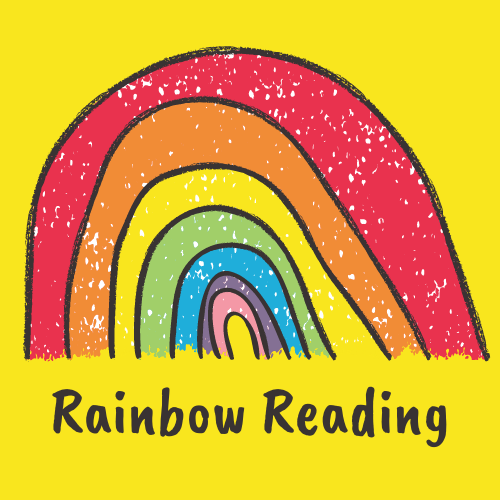Identifying the Dysgraphic Student
Dysgraphia is a language-based learning difference. It typically involves difficulty with handwriting, spelling, and sentence formation. Most often, dyslexia and dysgraphia occur together; both are neurological language-based differences.
Like dyslexia, writing requires activating the working memory for movement of each letter, sentence formation, and sequencing of ideas. Because dyslexic students have difficulty with their working memory, it very often affects their writing and overlaps with a dysgraphia diagnosis.
Follow the steps below to identify a dysgraphic student that may need your support within the classroom or an outside intervention to assist them with their handwriting.






